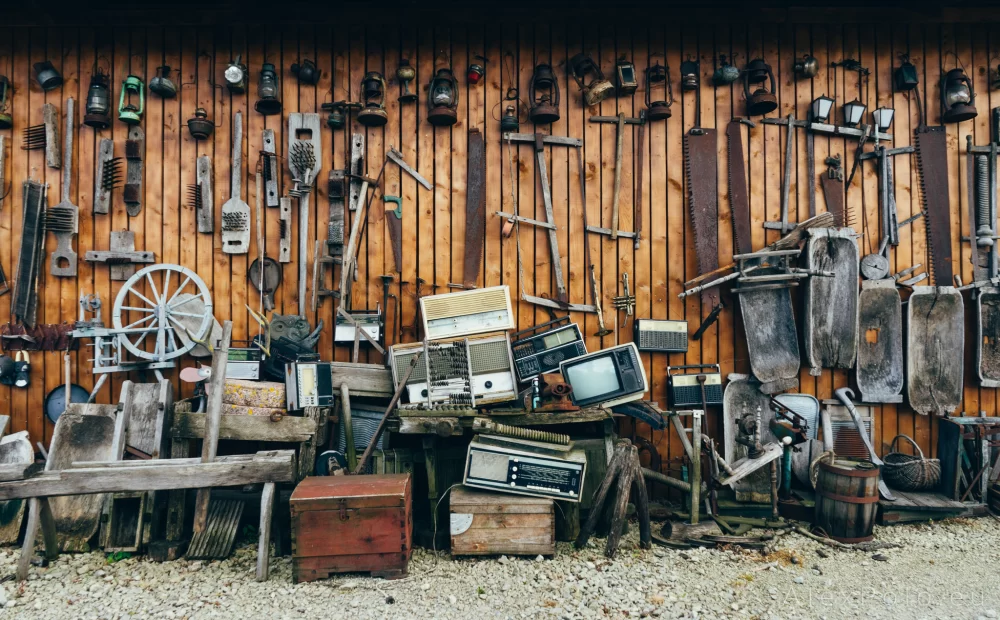
May 21, 2025
Understanding the Basics of a Tape Measure
When I first started learning how to measure things for DIY projects, one of the most intimidating tools was the tape measure. I often found myself confused by the small markings, wondering how to read them accurately. But after a little practice and understanding the basic components, I now feel confident using it for various tasks around the house, from hanging pictures to building furniture.
So, how do you read a tape measure correctly? In this article, I’ll walk you through the basics, step-by-step, to ensure that you never have trouble with a tape measure again.
What Is a Tape Measure?
A tape measure is a flexible ruler used to measure length. It’s often made of a long, narrow strip of metal or fabric and is typically wound into a compact case for easy storage. You’ll find tape measures in different lengths, with the most common ones being 12, 16, and 25 feet long. Some are even retractable, which makes them very convenient.
Key Components of a Tape Measure
Before you can read a tape measure, it’s essential to understand the components that make it work. Here are the key features to be familiar with:
The Hook: The metal piece at the end of the tape measure is called the hook. It’s crucial because it’s designed to grip a surface, allowing you to get a precise measurement when measuring from the edge of a surface.
The Numbers: The primary numbers on a tape measure represent inches or centimeters, depending on your country. In the United States, tape measures usually show measurements in inches.
The Small Markings: Between the numbers, you'll find smaller lines. These represent fractions of an inch, typically broken down into 1/8, 1/16, and even 1/32 of an inch.
How to Read the Larger Numbers
Reading the larger numbers is the easiest part of using a tape measure. These numbers are the whole inches, and they’re typically spaced an inch apart on the tape. When you measure something, you’ll usually start by locating the number closest to the object you’re measuring. For example, if you're measuring a piece of wood, and the end of the tape reaches the 4-inch mark, you know that the object is 4 inches long.
Understanding the Smaller Markings
This is where things can get a little tricky, but once you get the hang of it, it becomes easy. The lines between the large inch numbers represent smaller measurements:
1/2 inch: The second longest line between the larger numbers represents 1/2 inch.
1/4 inch: The third longest line represents 1/4 inch.
1/8 inch: A shorter line between the numbers represents 1/8 inch.
1/16 inch: The shortest line represents 1/16 inch.
For example, if the tape measures a line between the 2-inch and 3-inch marks, and it’s just past the 1/4-inch line but before the 1/2-inch line, you can safely say that the measurement is around 2 1/4 inches.
Why Reading a Tape Measure Accurately Matters
Accurate measurements are essential, especially when you’re working on projects where precision is key. Whether you’re building furniture, measuring a space for a new appliance, or installing shelving, even the smallest mistake can result in the item not fitting correctly. That’s why it's important to know how to read a tape measure precisely.
Practical Example: Measuring a Room for New Furniture
A while ago, I needed to measure my living room for a new sectional sofa. To ensure the sofa would fit properly, I used my tape measure to check the width of the space where I wanted to place it. By reading the tape measure correctly, I was able to confirm that the space was wide enough for the sofa and avoid a costly mistake.
I also measured the length of the room to see if there was enough space for a coffee table in front of the sofa. Again, accurate measurements helped me plan the layout correctly. This is just one example of how critical reading a tape measure properly can be.
Tips for Using a Tape Measure Correctly
Here are some helpful tips I’ve learned over the years to make sure I use a tape measure to its full potential:
Always Check the Zero Point: The hook at the end of the tape measure may move slightly, so always make sure it's snugly against the edge of the object you're measuring.
Use the Right Side for Measurements: Most tape measures have a metric system on one side and the imperial system on the other. Make sure you’re using the correct side based on your needs.
Measure Twice, Cut Once: This old saying is essential when you’re working with tape measures. Always double-check your measurements before cutting or making permanent marks.
Get a Long Tape Measure for Larger Projects: For big projects like measuring rooms or large pieces of furniture, using a 25-foot or 50-foot tape measure can make your life much easier.
Use a Tighter Grip for Accuracy: When pulling the tape out, ensure that it's taut and straight to avoid errors in the reading.
Conclusion: Mastering the Tape Measure
Reading a tape measure doesn’t have to be complicated. By understanding the numbers, small markings, and how to use the hook, you can master the art of measuring and become more confident in your DIY projects. It’s all about practice and paying attention to the details. Once you get comfortable with these measurements, you’ll find yourself using the tape measure with ease for all your projects.
By understanding how to read a tape measure correctly, you’ll be prepared for anything that comes your way—whether you're measuring a space for new furniture or working on a home improvement project. The more you practice, the more natural it will become.








